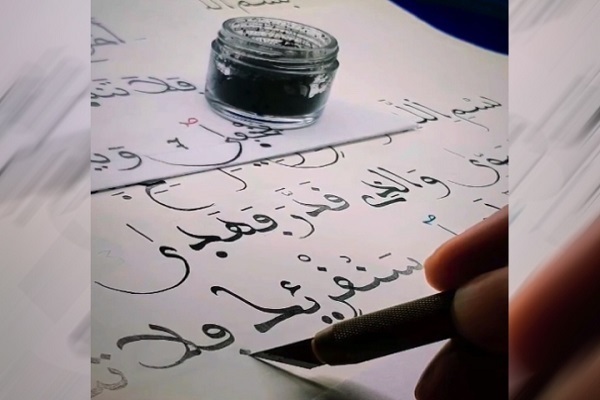Quran in Naskh Script to Be Unveiled in Algeria

Preparations are underway to prepare the copy and in this regard, a series of meetings have been held with the Technical Committee for Illumination and Decoration of the Quran in the presence of Quranic officials of the province, Al-Masa website reported.
The governor of Tlemcen hailed the style of illumination and Islamic arts used in this Quran and considered this work a great responsibility that requires precision, mastery, and adherence to the rules of calligraphy and preserving its aesthetic aspect.
The Quranic school affiliated with the Abu Dharr Ghaffari Mosque in the Beni Mesous area has been revising and correcting this copy of the Quran.
Naskh script is a script invented in the early third century AH by Ibn Muqla Shirazi. Naskh script emerged after Kufic script for writing the Quran.
Previously, the process of revising and correcting the Quran by Sheikh Ibrahim Abdel Sami Bouqandoura in the Algerian “Mabsut” script (one of the traditional scripts in Algeria) was carried out in the Abu Dharr Ghaffari Mosque in late 2024, and this Quran was printed on the occasion of the 70th anniversary of the Algerian Liberation Revolution.
Ibrahim Abdel Sami Bouqandoura, the imam and preacher of the “Shohada” Mosque in the city of Arbaa in Algeria, has also succeeded in writing the entire Quran in the “Nasour” script, one of the oldest Arabic scripts in Algeria. This script is taken from the Andalusian script used in manuscripts, traditional scientific centers in the past (scientific corners) and old mosques in Algeria.
Bouqandoura said this work was not just a calligraphy project, but a personal challenge and an effort to revive a cultural heritage that is in danger of extinction.
Read More:
It is worth mentioning that at the time of the Holy Prophet (PBUH), when the Arabic script had reached the Hijaz from Hira and Anbar, writing was prevalent in two forms: the extended or Yabis script and the curved or soft or rounded script.
The extended or Yabis script was a dry, angular, and flat script that had a more formal application and was mostly used in writing inscriptions, tombstones, coins, and copies of the Quran. The Kufic script, which emerged shortly after, had the characteristics of this script.
4313101



